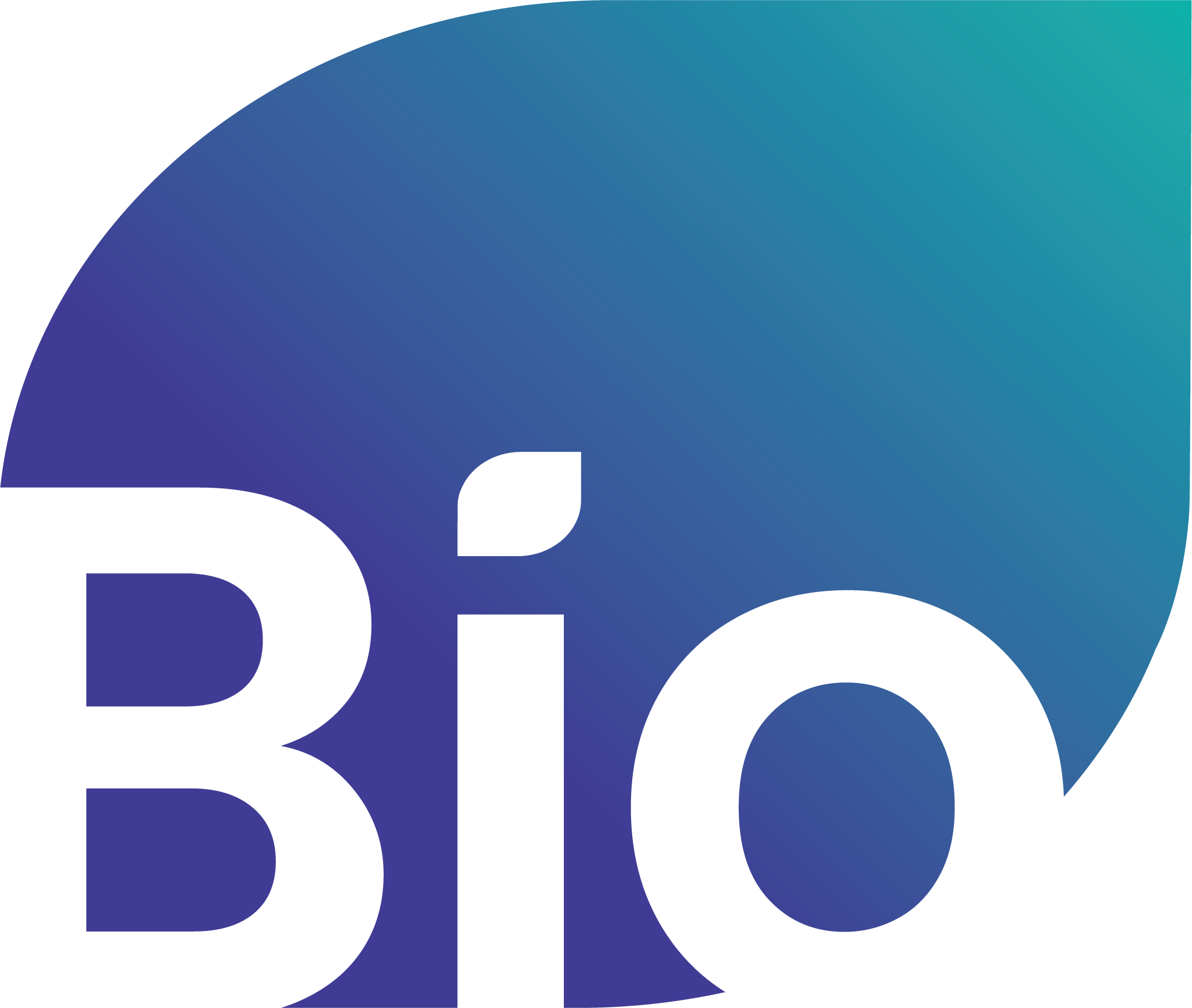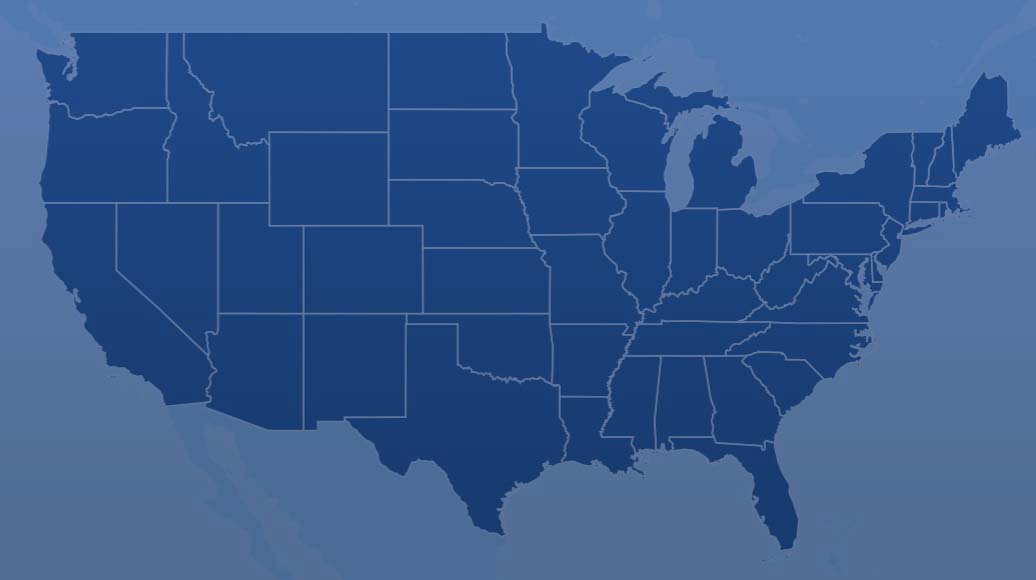
Un sitio web oficial de la Organización de Innovación Biotecnológica
Las principales vacunas contra el Covid-19 tienen una eficacia superior al 90 por ciento. ¿Cómo es que los investigadores determinan la eficacia de una vacuna?
Para medir la eficacia de una vacuna, o qué tan bien funciona una vacuna en un ensayo clínico controlado, la FDA primero analiza la cantidad de personas que contrajeron la enfermedad. Luego, la agencia compara si recibieron la vacuna o el placebo (una sustancia inactiva e inofensiva que parece idéntica a la vacuna que se está probando). Si una mayor proporción de los enfermos recibieron el placebo en lugar de la vacuna, entonces la vacuna ha alcanzado un estándar de eficacia aceptable. Es importante saber que las personas en los ensayos no se enfermaron por la vacuna, sino por estar expuestas a la enfermedad en su vida diaria.
Para las vacunas contra el Covid-19, la FDA estableció un parámetro de al menos el 50 por ciento de eficacia en los ensayos clínicos para que una vacuna sea considerada para una Autorización de Uso de Emergencia. La FDA determinó que este era un umbral estándar, en comparación con otras vacunas (como las vacunas contra la influenza estacional), y sería lo suficientemente alto como para retrasar la propagación de la enfermedad. En sus ensayos clínicos, tanto Pfizercomo Moderna superaron este estándar con tasas de eficacia del 95 y 94.1 por ciento, respectivamente.
En el ensayo clínico de Pfizer, un total de cuarenta y cuatro mil personas participaron, de los cuales la mitad recibieron la vacuna de dos dosis y la otra mitad recibieron inyecciones de placebo, los cuales no tuvieron ningún efecto. Dos meses después de su segunda inyección, un total de 170 personas contrajeron el Covid-19. Entre los 170 infectados, solo ocho recibieron la vacuna en lugar del placebo. Mientras tanto, de los 10 casos graves, un total de nueve personas recibieron el placebo.
En el ensayo clínico de Moderna, un total de treinta mil personas participaron. De manera similar, la mitad de los participantes recibieron la vacuna de dos dosis y la mitad recibieron inyecciones de placebo. Aproximadamente dos meses después de su segunda inyección, un total de 196 personas contrajeron el Covid-19. Entre los 196 infectados, solo 11 recibieron la vacuna en lugar del placebo. Un total de 30 casos graves recibieron el placebo.
Social: ¿Cómo es que los investigadores determinan la eficacia de una vacuna? La FDA primero analiza la cantidad de personas que contrajeron la enfermedad. Luego, la agencia compara si recibieron la vacuna o el placebo. Si una mayor proporción de los enfermos recibieron el placebo en lugar de la vacuna, entonces la vacuna ha alcanzado un estándar de eficacia aceptable.


